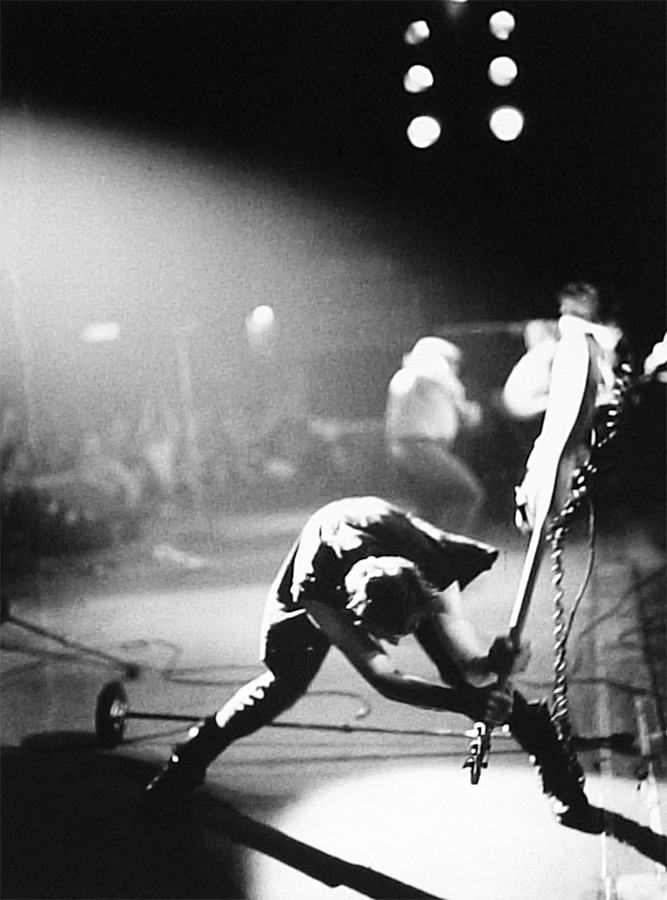The image is from GSM Arena. The phone Infinix has only 45W charge capability yet it does slightly faster than two other phones with much faster charging rates(and same battery capacity).
I know some phones throttle charging speeds but that is usually post 80% threshold. Why the discrepancy then?
I don’t understand that chart really, but charging speed is carefully controlled in the phone, based on monitoring the battery temperature among other things. They won’t charge from 0% to 80% at 100 watts even if they might hit 100W momentarily under the right conditions. Fast charging is hard on batteries anyway. Make sure you are ok with replacing the battery every so often, if you’re going to fast charge regularly.
Yep, this is it.
They are trading battery longevity for faster charging.
Personally, I generally prefer battery longevity, since that is the main factor that causes me to buy a new phone.
This is also the main reason I would like to buy a Fairphone for my next phone. I can get a new battery for $50 and replace it myself. And with 8-10 years of updates, I figure I can actually use it for 8 years with two battery replacements along the way.
Gonna be interesting to see which models disappear from EU altogether and which models get the better repairability and software updates next summer:
Ecodesign requirements will apply to mobile phones and tablets put on the EU market from 20 June 2025 onwards, including:
- resistance to accidental drops or scratches and protection from dust and water
- sufficiently durable batteries which can withstand at least 800 charge and discharge cycles while retaining at least 80% of their initial capacity
- rules on disassembly and repair, including obligations for producers to make critical spare parts available within 5-10 working days, and for 7 years after the end of sales of the product model on the EU market
- availability of operating system upgrades for longer periods (at least 5 years from the date of the end of placement on the market of the last unit of a product model)
- non-discriminatory access for professional repairers to any software or firmware needed for the replacement
Ahh, I didn’t know it was already June next year.
Hopefully my current phone will last another year.
I hadn’t read the regs before. Interesting.
And while I very much agree with the intent (and will be glad to see it being much easier to replace a battery), I wonder what manufacturers will do to mitigate the impacts.
Like for the 7 years of parts thing, will they manufacture/sell a phone for just 3 months, to minimize that window?
I really like the OS support for 5 years. Again though, will they do things like charge for that support, tie the update package to a specific device, etc? (Guess we’ll see).
I’m not saying this isn’t a great improvement over the non-existent rules - it truly is! I’m just cynical, so I’m concerned to see how manufacturers will attempt to minimize the impact to them.
Good thinking, since a lot of those phones will be replaced for a shattered screen or cause they’re 1 year old.
Maybe battery cell count is a factor.
Yeah, Wh are probably a better way of measuring batery capacity.
Capacity and changing speed are two different things. I know from lipo cells used in Rx models that discharge speed is given in C which is derived from the max charge current per cell IRK. This Indicates that you can charge a battery with two cells faster. Given a good battery management system of course.
I stand corrected, makes way more sense.
Some devices taper off their fast charging faster than others. It doesn’t have to be at 80%. Just as an example you can see the charts in the charging review for the S24 Ultra here: https://www.chargerlab.com/charging-review-of-samsung-s24-ultra/. A fun fact is that since Samsung 45W tapers off so much there isn’t much difference compared to their 25W charging. The difference is 10mins at best. Sometimes the 45W can be just a hair slower even.
As a Samsung owner, yep. I’ve done comparisons between some Samsungs and was surprised that a “slower” charge phone sometimes would charge as fast as a “faster” one, when battery size was accounted for.
Could it be that it’s using less power as it charges? ie automatically shuts off power hungry features while charging?
Good data is so hard to get.
What I’d actually care about is how many minutes of usage does 30 minutes of charging get me in both standard and ekeing out as much life as I can mode.
I wonder how phone size, battery placement, and materials play into this.
Being able to dissipate more heat while charging will help significantly too.
I’ve had a phone with a ceramic back that would die in minutes in cold weather if I didn’t keep it in my internal coat pocket. It charged much faster than another phone that had a plastic back with a similar battery size and charging capability, even using “slow” charging (using a lower power charger). I can only assume the heat dissipation made a difference as the ceramic one never got even very warm while the plastic one did.
So maybe a combination of everything mentioned here - charge control in the phone, how the controller manages cells, location of battery in phone/heat dissipation, power optimizing while charging (do all of these phones support pass-through? That would influence charge time), etc.
Maybe it’s keeping constant 45w instead of tapering off the more charged it is




